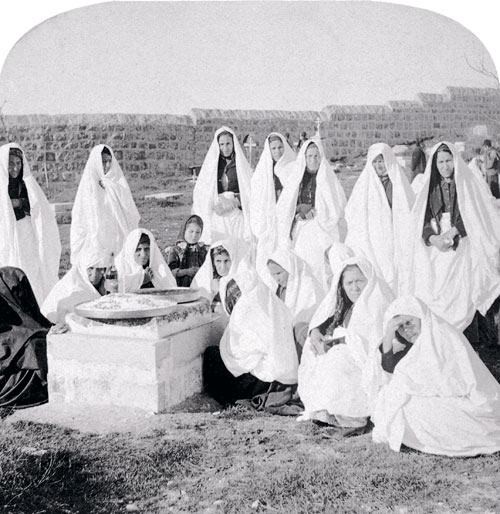| “Pictorial History of Palestine”, Theory and Criticism 31, The Van Leer Jerusalem Institute, 302-310, Yehuda Shenhav (ed.), 2007 (Hebrew) | | | | Abstract | | | | In the last two decades there has been a widespread trend among Palestinian researchers to write Palestinian history using photographs. Research dealing with Palestinian historiography, which started at the beginning of the 1980s, was not involved in the visual field. Different Palestinian researchers, among them Walid Khalidi and Elias Sanbar, started to research the visual representation of the past for political, ideological and national purposes and the essay discusses this trend in depth. They began locating photographs relevant to their aims in the historical archives of individuals, institutions, photographers, and Arab and Israeli organizations. This direction, beginning in the mid 1980s, started to fill in what was absent in Palestinian writing of the past and their building of founding collective symbols through the use of visual images. Most of the books are written or translated into foreign languages and are also directed at non-Arab audiences to gain their support by revealing the Palestinian narrative. Thus, for example, Walid Khalidi was the first to systematically deal with this field. His book Before Their Diaspora, first published in 1984, describes Palestinian life in the years 1876 -1948 – daily life in towns and villages, commerce and agricultural, culture, education and the resistance. The book sought to formulate an answer to the founding claim of western colonialism that presented Eretz Israel/Palestine in the 19th century and beginning of the 20th century as a deserted and desolate country, virtually empty of inhabitants, a country suitable for western occupation that would endow it with processes of modernization. | | |
| | | |  | | B.W. Kilburn, Women in white visiting the tombs daily to mourn, 1898 | | |
|
|
| |
|
|
|